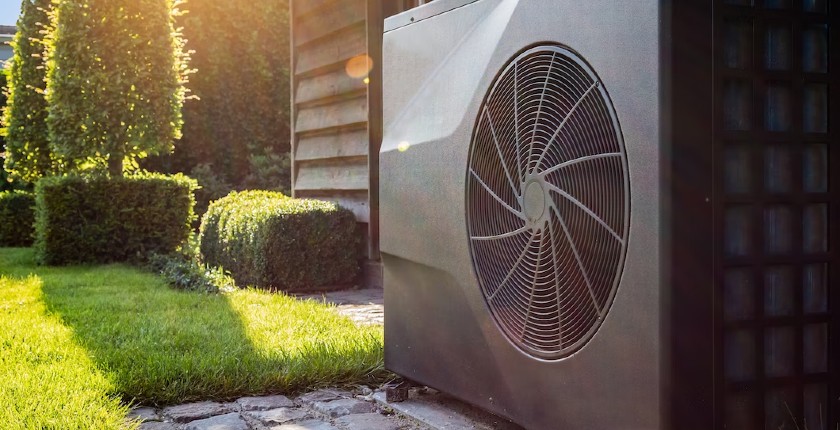
Photo: IEA
Sales of heat pumps will soar to record levels in the coming years as the energy crisis accelerated their deployment, the International Energy Agency (IEA) said in The Future of Heat Pumps, the first such global report. According to the document, heat pumps are becoming the main tool to decarbonize the heating of space and water, and achieve a reduction in CO2 emissions equal to the annual emissions of all cars in Europe.
The heat pump market has been growing strongly in recent years due to falling costs and strong incentives. Global sales jumped almost 15% in 2021, double the average of the past decade, led by the European Union with a 35% growth.
Sales are expected to reach record levels in 2022 in response to the global energy crisis, particularly in Europe, where some countries saw the volume double in the first six months from to the same period of last year, according to the report.
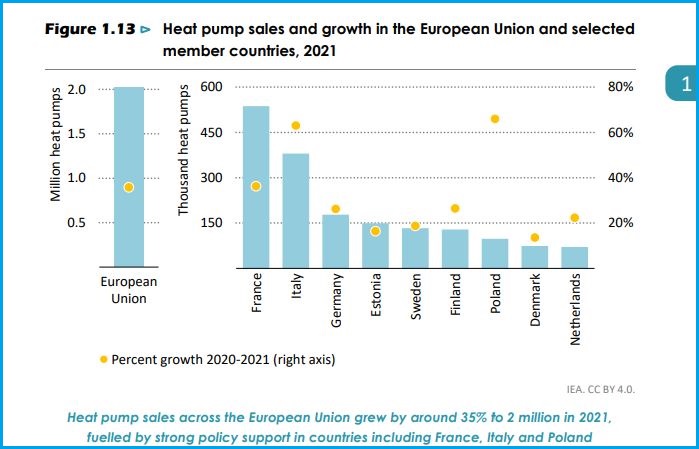
The IEA said the heating of most buildings around the world, such as homes, offices, schools and factories, relies on fossil fuels, especially natural gas, while that heat pumps offer a hyperefficient and climate-friendly solution.
Heat pumps could provide heat in industrial sectors such as paper, food and chemicals
They help consumers reduce monthly energy bills and countries reduce their reliance on imported fossil fuels, the report reads.
Heating buildings today accounts for one third of EU gas demand, and heat pumps could reduce it by almost seven billion cubic meters by 2025, or 21 billion by 2030.
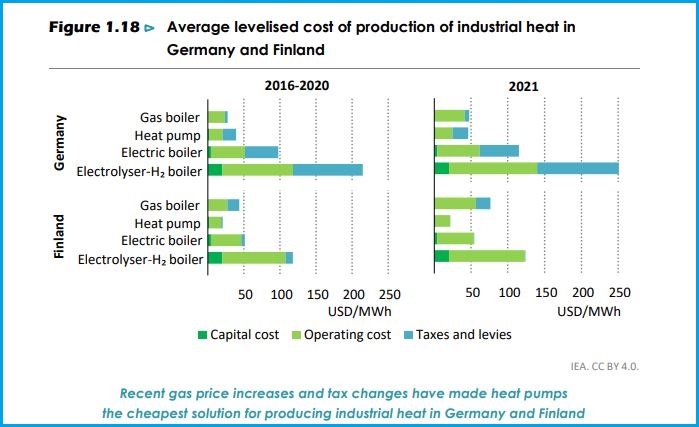
There are also opportunities for heat pumps to provide low-temperature heat in industrial sectors, especially in the paper, food and chemicals industries. Just in Europe, 15 GW of heat pumps could be installed in 3,000 buildings in the three sectors, which have been hit hard by the recent rise in natural gas prices.
Possible savings range from USD 300 to USD 900 per year

It is clear that the operating costs of heat pumps are lower over their lifetime compared to fossil fuel boilers, thanks to their higher efficiency. At today’s energy prices, annual savings for households that switch to heat pumps can range from USD 300 in the United States to USD 900 in Europe.
But the purchase of a heat pump itself, the initial investment, is higher than with fossil fuel boilers, so government support is needed to help consumers overcome the obstacle. The cost of purchasing and installing a heat pump can be two to four times higher than for a gas boiler, the IEA said.
According to the analysis, financial incentives for heat pumps are already available in more than 30 countries, which together account for more than 70% of the world’s heating needs.
Birol: Growth similar to the solar panel and electric vehicle sectors is expected
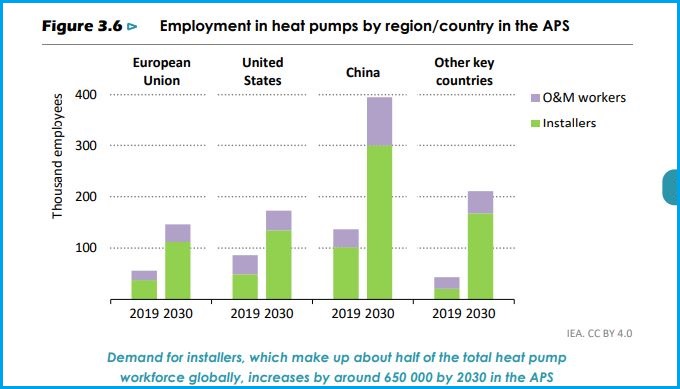
In a scenario where all governments fully meet their energy and climate commitments, heat pumps could become the main way to decarbonize space and water heating worldwide.
The IEA estimates that heat pumps have the potential to reduce global carbon dioxide emissions by at least 500 million tonnes in 2030, equivalent to the annual emissions of all cars in Europe today, the report said.
Manufacturers will need three times as many workers to meet demand
Leading manufacturers see positive signs that sales could triple by 2030, so they announced investments in the expansion of production facilities worth EUR 4 billion. They face challenges such as the increased consumption of electricity for the operation of heat pumps and the lack of a working force – it is estimated that in 2030, three times as many workers as today will be needed, or 1.3 million.
Fatih Birol, Executive Director of the IEA, said that all the conditions are set for major growth in the heat pump market, similar to what has happened in other key climate technologies like solar power and electric vehicles.
“Heat pumps will be central to efforts to ensure everyone can heat their homes this winter and next, to protect vulnerable households and businesses from high prices, and to meet climate objectives,” Birol said.
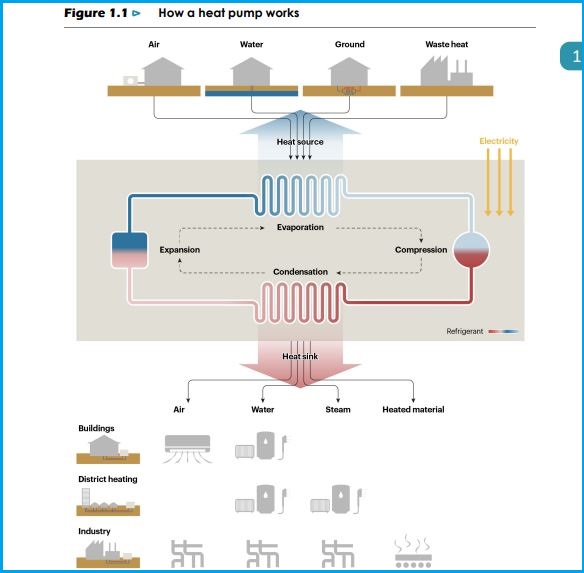
















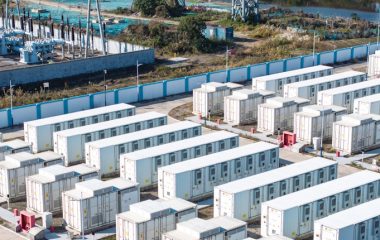

Be the first one to comment on this article.